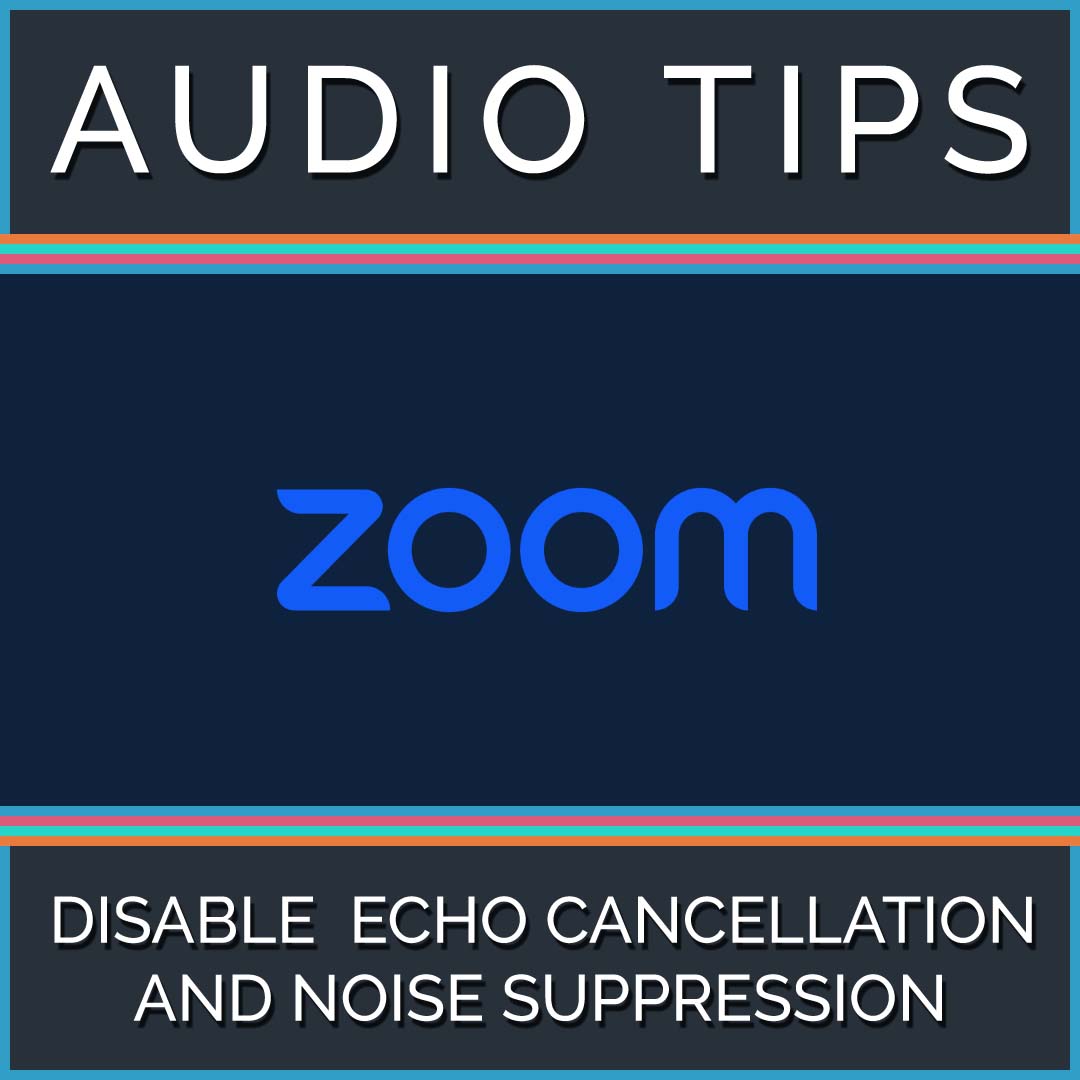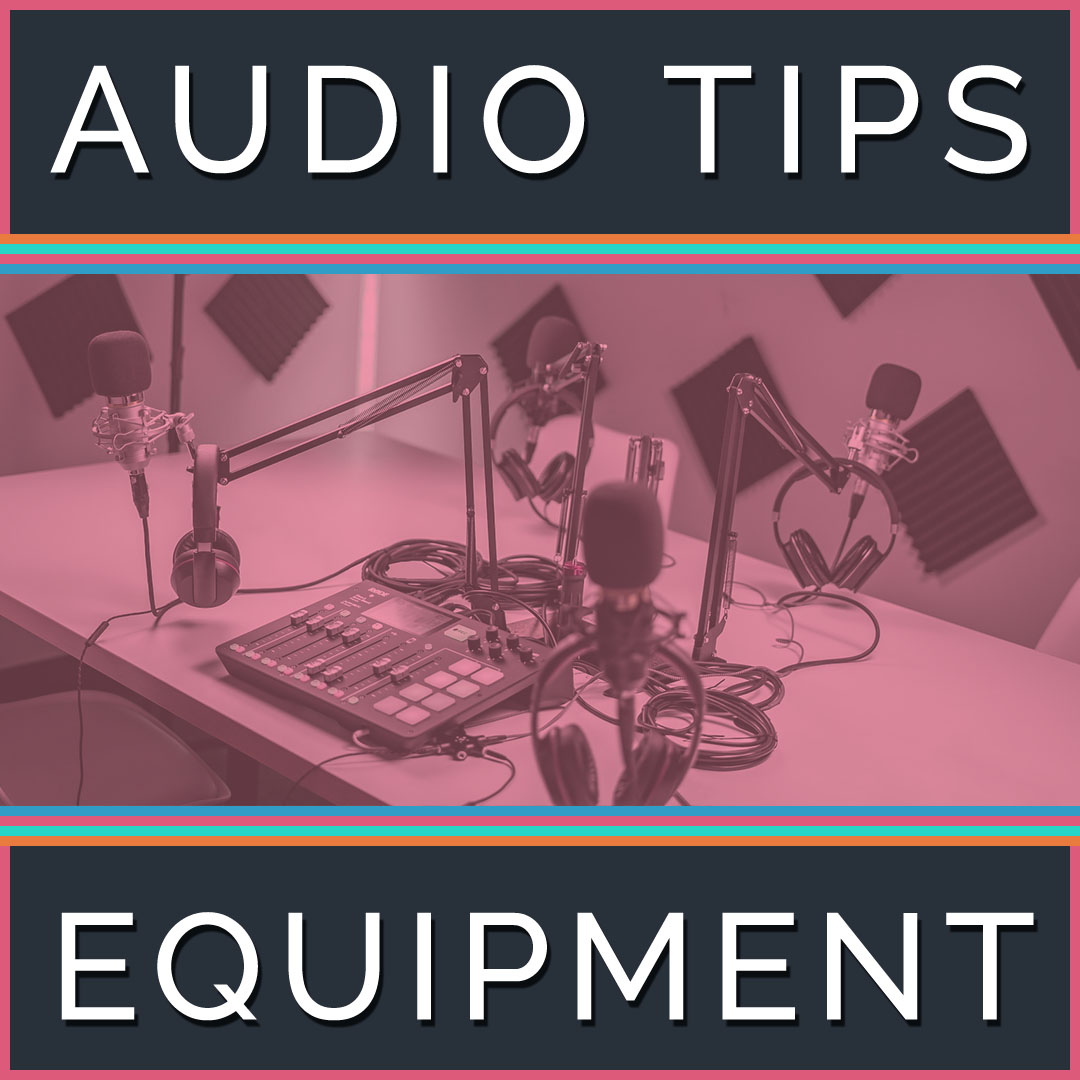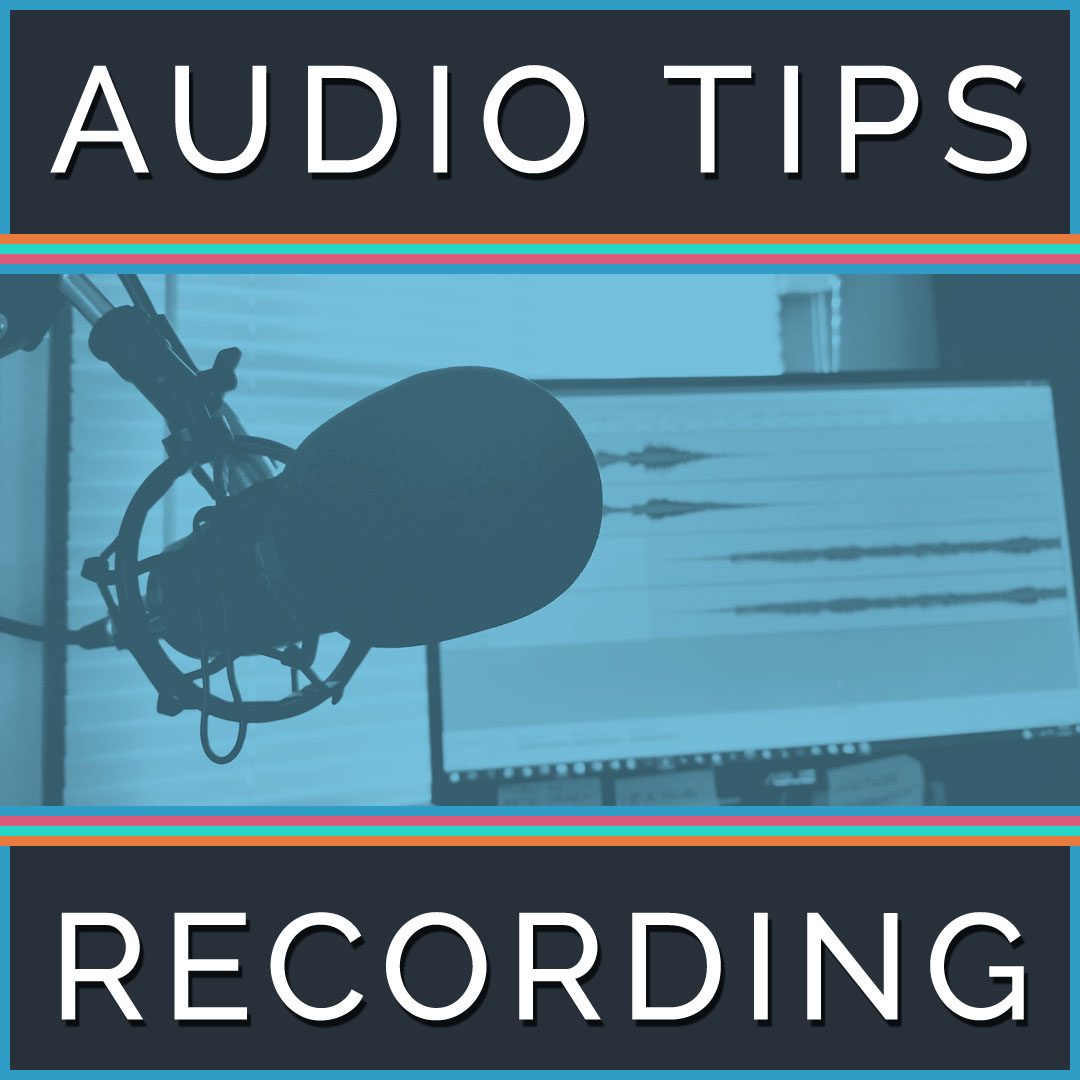Every podcast goes through some form of production, post-production and publication. Even if they can’t put a finger on it listeners recognize the difference between a well-produced podcast and a rushed podcast. Some may spend less time on certain steps than others but for a smooth, professional sounding and successful podcast a fair time on each is highly recommended.
Here are the steps that go into producing a podcast episode along with a few tips and suggestions on each. These tips first appeared on my Instagram account, check out @podcastproducer on Instagram for more useful podcast tips and recommendations!

Step 1: Prepare
Recording a podcast episode will go much more smoothly if you come to it prepared. Research your topic and plot out the structure of the episode. Many podcasters write out an outline for the show to help them keep on track and hit all of the planned talking points.
Even if you host a more conversational show it is good to plan out the segments of an episode or work with co-hosts to get on the same page as far as topics go. If you are conducting an interview do your homework on your guest. This can help in crafting interesting questions and in steering the interview.
Step 2: Set-Up
Find a quiet, distraction free space to record. Pay attention to the room reverb. If the room has a lot of hard surfaces there will be a lot of echo. Try covering hard surfaces with cloth or something softer to help absorb sound. Set-up your microphone(s) and equipment then do a test recording. Listen back to spot any audio issues BEFORE you record the actual episode.
If you have a guest, prep them before the recording so they know what to expect and how much of their time you are hoping to get. If you hear any issues from the guest’s audio work with them to resolve it BEFORE the episode begins!
Step 3: Record
Speak confidently. Maintain a consistent distance from the microphone to ensure your voice remains a consistent tone and volume. Stay hydrated and drink plenty of water to help reduce “mouth click” sounds.
No fidgeting! If you are tapping on the table, rustling your cloths or bouncing your leg the microphone will hear it.

Step 4: Engineer
Or Mix. Or Process. Whatever you call it this is where we clean up that recording. Noise reduction to lower persistent background noise and static, EQ to cut low frequencies (among others) and compression to tame volume peaks.
Podcasts don’t sound like radio! You don’t want the big, booming, bass heavy voice you hear on the radio. Listeners are used to more natural sounding podcast recordings. They want to feel like they are sitting in on a conversation, not listening to loudspeaker announcements.
Most importantly, apply all processing sparingly. It is easy to over-process the sound so go lightly on all of them but particularly compression and noise reduction.
Step 5: Edit
This can range from simply adding intro music to surgically removing mistakes, coughs and filler words like “Um”. Here are a few recommendations…
Cut excessive, distracting filler words. SHORTEN but don’t REMOVE long or awkward pauses. If you can’t cleanly, seamlessly remove an “Um” leave it in. If an edit sounds unnatural or noticable, don’t do it. Over-editing can be more distracting than the material you are removing.
Finally, don’t fixate on your own voice. It’s fine and focusing too heavily on editing or processing your own voice will only slow you down.
Step 6: Render
This step is much easier than it sounds. Export your edited episode out to Mp3. Recommended bitrates are anything between 96 kbps and 192 kbps, preferably a constant bitrate (as oppose to variable). The lower the bitrate, the smaller the file size. Go too low, though, and it will sound terrible. 128 kbps is a common choice that still sounds good for spoken word audio.
ID3 tags are where you can save information such as episode title, date and your podcast title in the Mp3 file itself. You should be able to edit the tags in your audio software but if not free ID3 tag editors are easy to find. You can even use iTunes to do this.

Step 7: Publish
It’s time! Upload your episode to your file hosting service and publish it on your website. Once set-up at launch your RSS feed will handle distribution to iTunes and other directories.
Posting the episode along with show notes on your own website is highly recommended for SEO and discoverability. You should be able to get an easily embeddable player for your episode through your file hosting service.
Step 8: Promote
Post those episodes on social media! Encourage your guests to share the episode they appeared on. Pull quotes from episodes to share. Engage with listeners and anyone who interacts with your show or posts.
Once is not enough! Don’t be spammy but on sites like Twitter posts come and go so quickly it’s okay to promote your episodes frequently. This is where quotes from the episode are particularly helpful!
Step 9: Repeat
Time to do it again! Consistency is key. Stick to a release schedule. Listeners will want more and what to know when they can hear more. Also, don’t forget to enjoy yourself!


